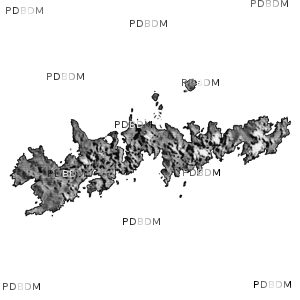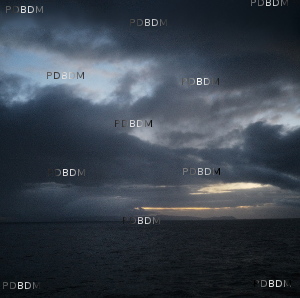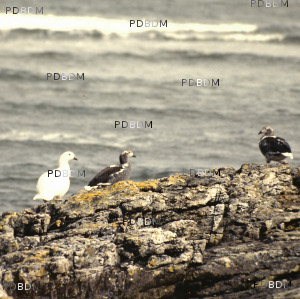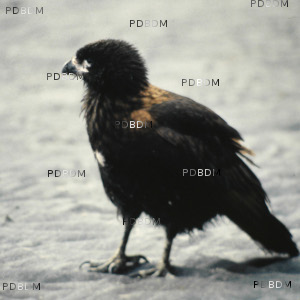At the end of the end of the world
In the furious fifties, 100 miles east of Cape Horn, at the end of Tierra del Fuego, the 65 km long Staten Island rises from an ocean of whitecaps and the giant antarctic
swell.
The Island was discovered and named in 1616 by Ms Shouten and Lemaire, coming from the States of Holland. It was inhabitated during a really short period of time.
At the end of 1884 an expedition set sail from Buenos Aires to establish a sub-prefecture office, a prison and to build a lighthouse, the first light in the Patagonia and Cap Horn area.
The appalling climatic conditions during most of the year led to the abandoning of the island in 1902.
A tortured geography

Staten Island is evidence of the continental drift fragmenting the earth's crust many millions of years ago. As the last seed of the Andes Cordillera, the island possesses
a tortuous topography.
The major part of the island is composed of high rocky grounds up to 800 meters high.
A mountain ridge ripped open by numerous fjords running north-south or opened by large bays is the backbone of the island and runs from one end to the other.
For nearly all of its length it is composed of steep terrain, modeled by the glaciers of the first period of the Quaternary Age and by maritime erosion.
Only the western side has a more gentle profile.
Approximately 125 lakes are strewn across the island. These lakes are staggered and linked by rivers and finish their course in the many fjords.
A particularly inhospitable island

The island's climate is cold, very wet and with extreme winds.
The average temperature is between 0 and 5 °C.
Precipitation is in the form of rain or snow and is nearly daily (25 days a month on average), yearly rainfall is close to 4 meters!
Winter snow deposits melt completely in summer.
Moisture and fog levels are very high. The island can totally disappear in the clouds descending to sea level.
Close to Cap Horn the island has the same conditions: Successive low pressures and exceptionally violent gales.
An exuberant vegetation.
The vegetation influenced by the humid climate and the nearly daily rain is abundant and exuberant.
Trees are abused by the violent winds blowing nearly always in the same direction. They are tiny and grow nearly horizontal like a banner! Fallen trees practically don't rot, their trunks whitening and accumulating in an entanglement rendering every move on the island extremely complicated.
Wildlife

The endemic wildlife is composed of penguins, seals, otters, albatrosses, seagulls, petrels, ducks. The Indians living in Tierra del Fuego called it "Land of Plenty". The
accounts of explorers mention that they had to reduce sails to slow their vessels because of the crowded waters!
The most characteristic is the Falkland Steamer Duck, it doesn't fly but hits the water with its wings to get around.

There is also the wildlife introduced by explorers. They used to transport livestock to set free on the islands they encountered in order to have fresh food for their next
passage.
This is why we find goats and deer on the island. Also rats, survivors of the countless disasters taking place in the waters around Staten Island.
Some of these introductions had dramatical consequences because insular ecosystems are much more fragile then continental ones.
Today rats and goats are apparently posing a problem on Staten Island.
During the XIXth century hunting (seals, otters, penguins) caused wildlife depletion.
Certain species in danger of extinction are slowly recovering these days.